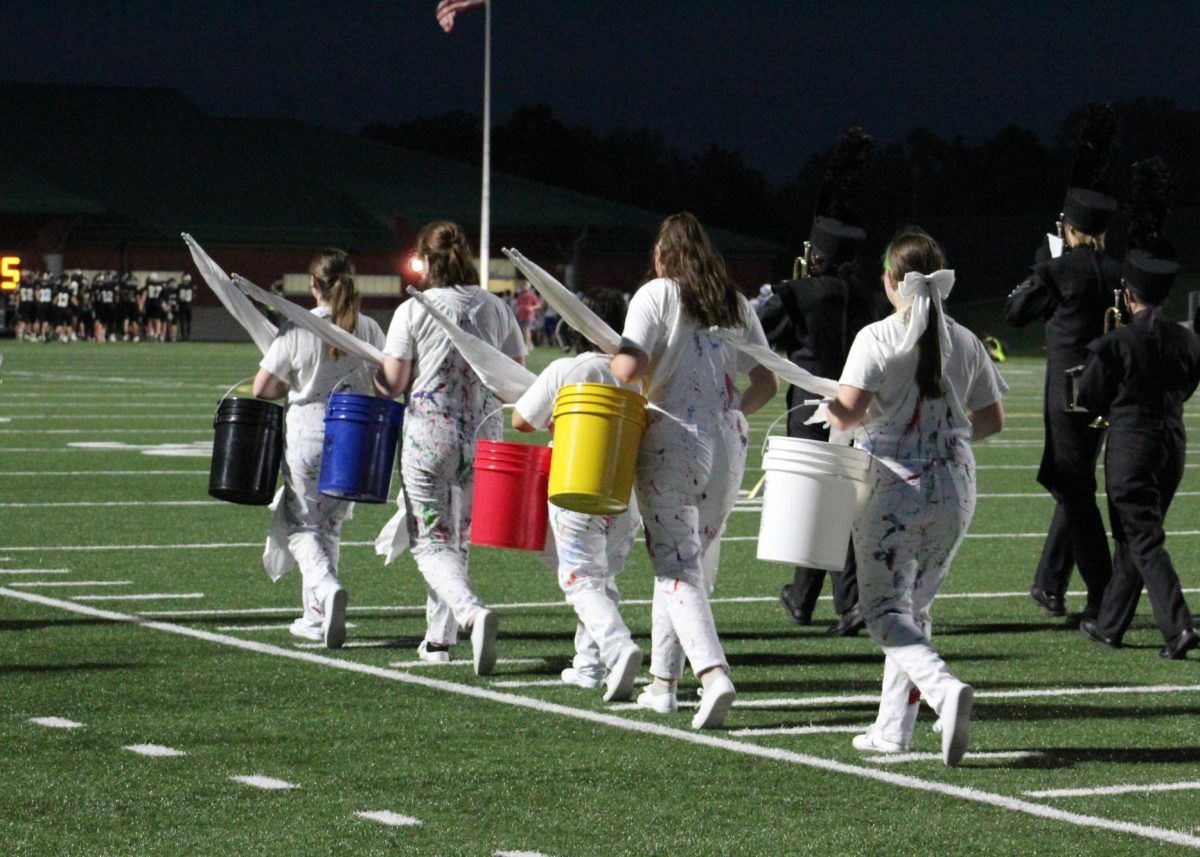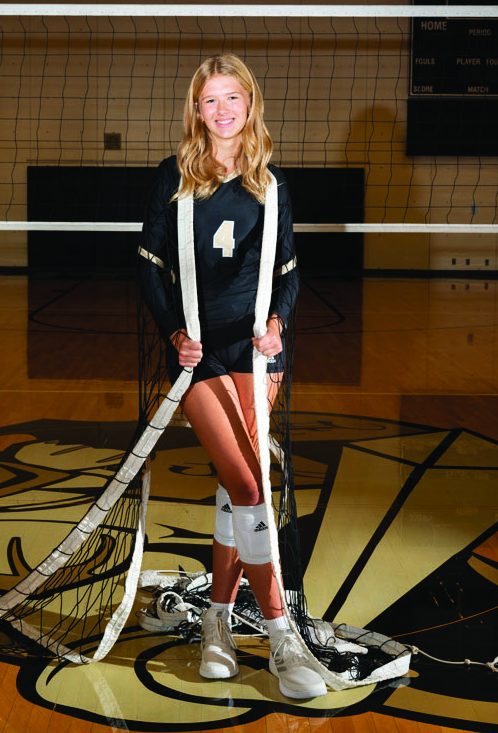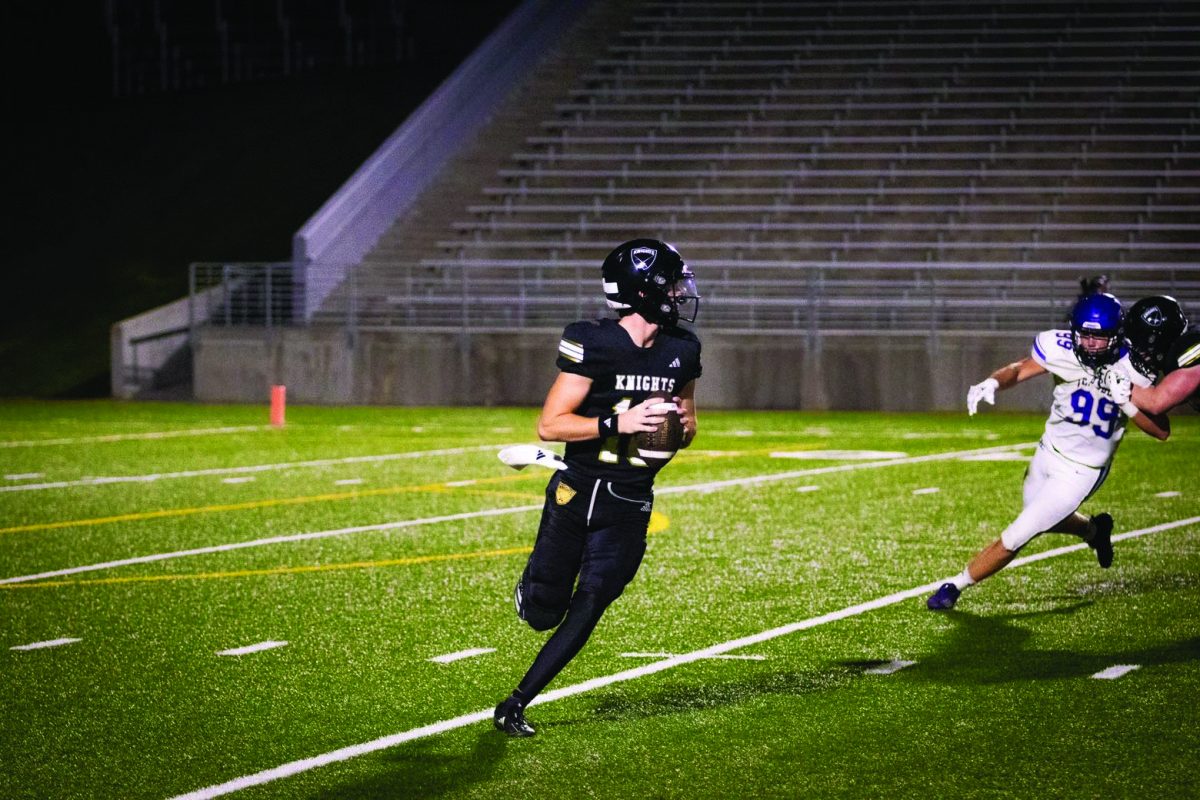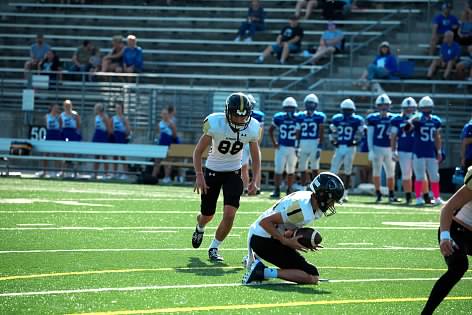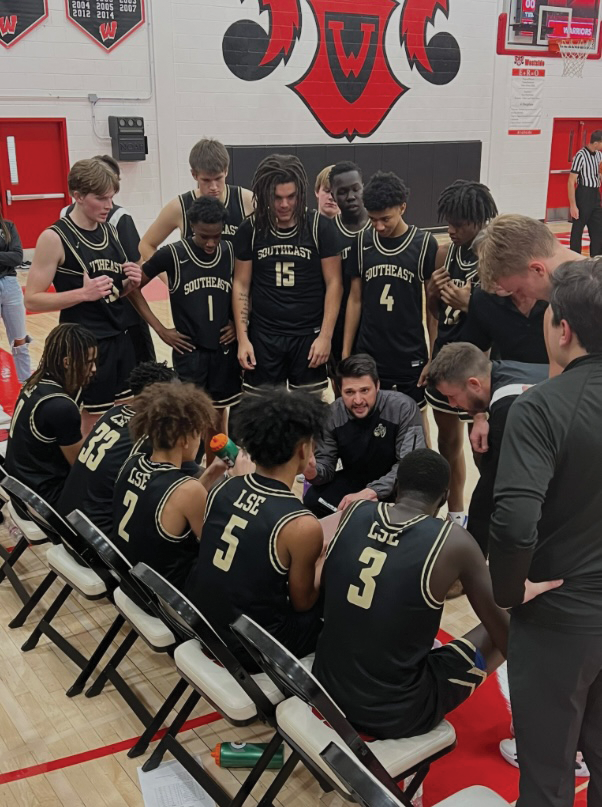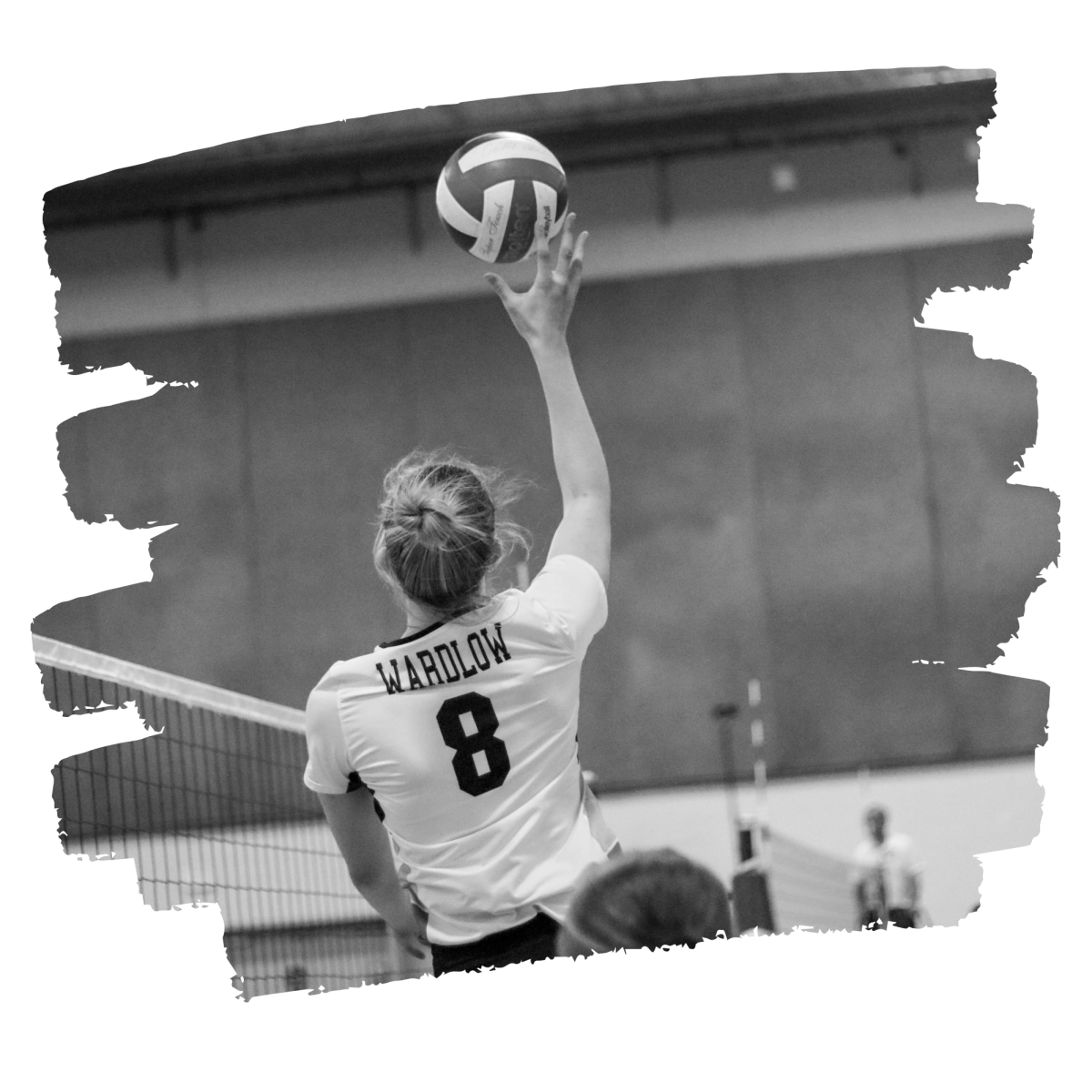Being a winter sport athlete means waking up before the sun, getting to school in the dark for early morning practices. Then, after school, you have practice again and don’t make it out of the building until after the sun has gone back down. You never see the sunlight during the day, and school seems impossible and overwhelming. Because of these factors, it is no wonder that Seasonal Affective Disorder (SAD) impacts winter sport athletes. SAD is a type of depression that occurs during the winter when daylight hours are shorter. Athletes can be especially prone to this due to the stress of their sport on top of school.
According to Umich Athletes Connected, it can be hard for Winter sport athletes to be motivated to lift, get up for morning practice, or go to class when it’s dark out.
Hannah Sellentin is a winter sport athlete as well as a previous fall sport athlete, she plays basketball during the winter and takes AP classes in school. Sellentin says that practice lasts for 2.5-3 hours a day, while their games are on Fridays or Saturdays.
“Our off days are usually only on Sundays, but sometimes we have open gym when it is closer to when the season starts,“ she said.
Sellentin says that practice starts at about 3:30 p.m., and you’re rushed to get to the locker room right after school, as opposed to off-season when you’re allowed to go home and relax and do homework or work. Sellentin says that throwing the colder season into the mix affects her greatly.
“It’s all dark and gloomy outside, I’m just more happy when it’s summer and sunny outside.”
Sellentin talks about how she barely sees any sunlight during the day, because she gets up and it’s dark outside, and she gets out of practice when it’s dark outside. According to Training Peaks, athletes characterize winter with prolonged grey, short days and continual darkness. A lack of light has been linked to lower levels of serotonin and vitamin D. Sellentin aso says that doing a winter sport can affect a students motivation. During the 1st semester finals season, Sellentin says it can be overwhelming and a lot of work to study for these big tests.
“During the winter time, I either don’t have time or I just don’t feel motivated,” Sellentin said.
Sellentin says that playing a winter sport is harder than playing in the fall or spring. Winter sports season is the longest and drags on, and practice is always inside because it’s cold and gloomy. Sellentin also says that winter sports have the longest seasons, from November to early February, during a really hard time in school.
“So it’s kind of a dead area [of the school year] with a constant grind.”
At the beginning of the year, Sellentin said she has more free time to do homework and study for school, giving her more downtime. Sellentin said downtime can help with burnout, but with the winter season, sports, school and work can get overwhelming. Sellentin said that there are things to keep her motivated though, like getting good grades and trying to do well in practice and winning games.
But Sellentin’s big motivation is getting to the weekend, and having the last half of Saturday to relax or Sunday to go to work or work on homework.
Winter sport athletes can have a lot of pressure put onto them by their sport and school, but the weather can pile on additional stress that can be overwhelming. Umich Athletes Connected suggests that breaking down tasks that seem bigger and more tedious into smaller and more manageable ones can be helpful, as well as staying connected with friends and family even during busy times.


